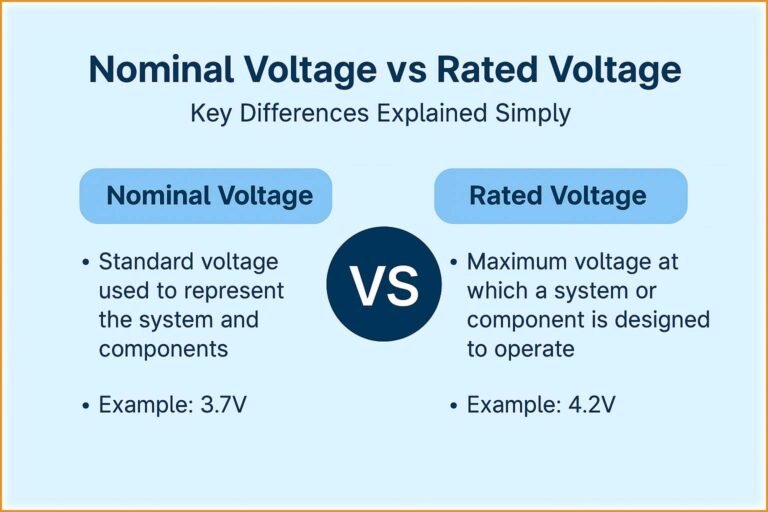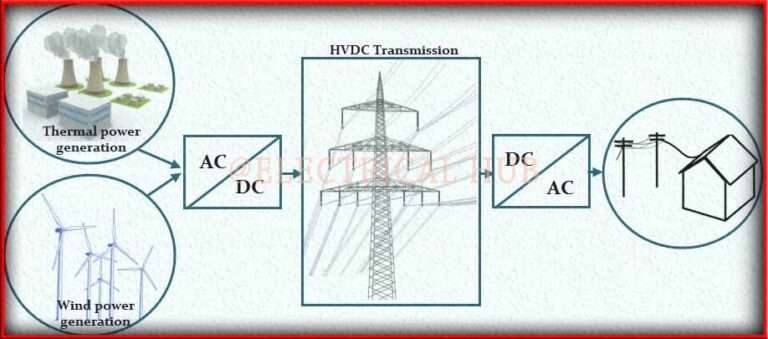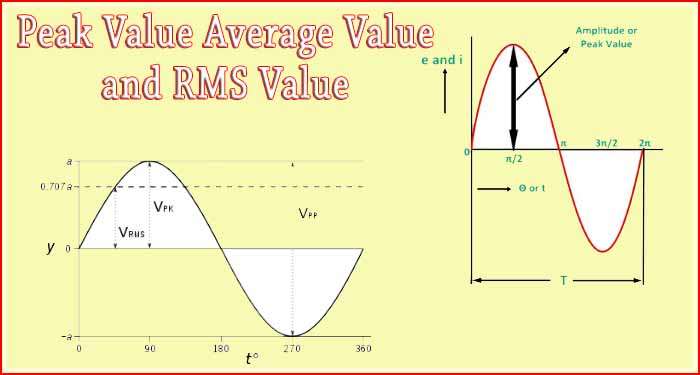What is Pick Up Voltage in a Over Voltage Relay: Best Guide
In electrical protection systems, relays play a crucial role in preventing…
Build a strong foundation in electrical engineering with Electrical Hub’s dedicated category on electrical fundamentals. Explore essential concepts, theories, and principles to enhance your knowledge and expertise. Master the basics and elevate your understanding of electrical engineering today

In electrical protection systems, relays play a crucial role in preventing…

Electrical systems depend on voltage levels to operate safely and efficiently….

Another name for the utility factor in a power plant is the utilization factor. It is a crucial performance indicator showing how well the facility uses its electricity production.

Plant Factor is a key performance metric for power plants, which compares the actual amount of electricity generated to the maximum amount that might be produced under perfect circumstances. It offers perceptions of the dependability and operational efficiency of power-producing plants.

An IGBT rectifier, also known as an “Insulated Gate Bipolar Transistor rectifier,” is a kind of rectification circuit that uses IGBTs to change direct current (DC) from alternating current (AC). IGBT rectifiers are widely used in many different applications, especially in power systems and industries where accurate control of DC voltage and current is crucial.

High-voltage direct current or HVDC transmission is a technique for sending electrical power from a source to a destination. HVDC systems maintain a constant flow of electrical energy in one direction, in contrast to typical AC transmission, where the current occasionally flips direction.

Peak value average value and RMS value are important concepts used to analyze and describe various types of signals, such as electrical signals, sound waves, and data. Understanding these terms is crucial for engineers, scientists, and researchers working in fields such as electronics, signal processing, and power analysis.
| Cookie | Duration | Description |
|---|---|---|
| cookielawinfo-checkbox-analytics | 11 months | This cookie is set by GDPR Cookie Consent plugin. The cookie is used to store the user consent for the cookies in the category "Analytics". |
| cookielawinfo-checkbox-functional | 11 months | The cookie is set by GDPR cookie consent to record the user consent for the cookies in the category "Functional". |
| cookielawinfo-checkbox-necessary | 11 months | This cookie is set by GDPR Cookie Consent plugin. The cookies is used to store the user consent for the cookies in the category "Necessary". |
| cookielawinfo-checkbox-others | 11 months | This cookie is set by GDPR Cookie Consent plugin. The cookie is used to store the user consent for the cookies in the category "Other. |
| cookielawinfo-checkbox-performance | 11 months | This cookie is set by GDPR Cookie Consent plugin. The cookie is used to store the user consent for the cookies in the category "Performance". |
| viewed_cookie_policy | 11 months | The cookie is set by the GDPR Cookie Consent plugin and is used to store whether or not user has consented to the use of cookies. It does not store any personal data. |